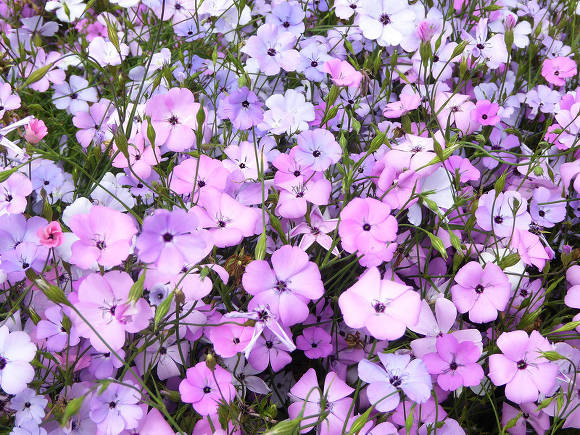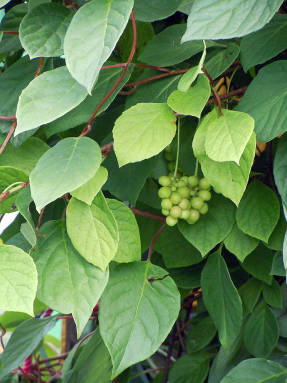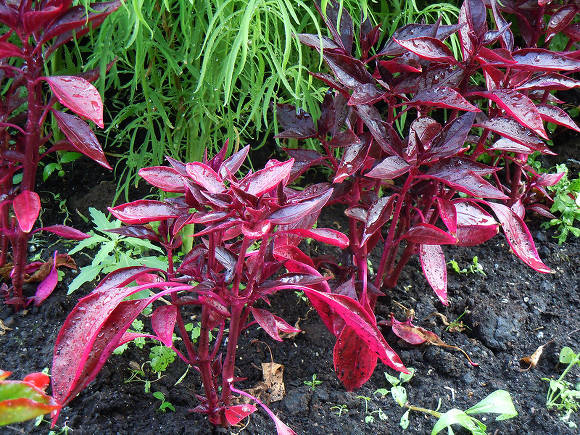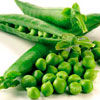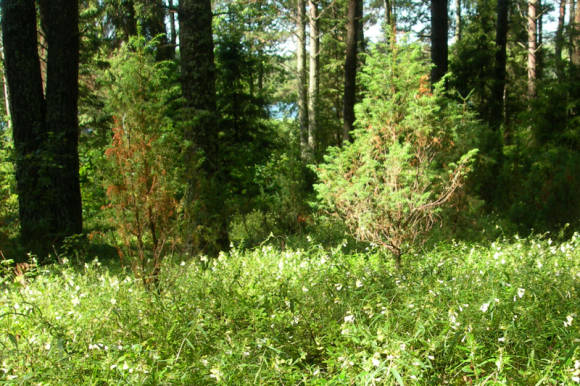There are many interesting markets in Amsterdam. The most important is the Albert Cape market, the largest market in Europe, where literally everything is sold - from the famous Dutch cheeses and herrings to textiles. There is a large flea market in Waterloo Square, a market for stamp and coin collectors, an open second-hand market on Fridays, an organic farmers' market on Saturdays, and even a pet market like our Birdie.
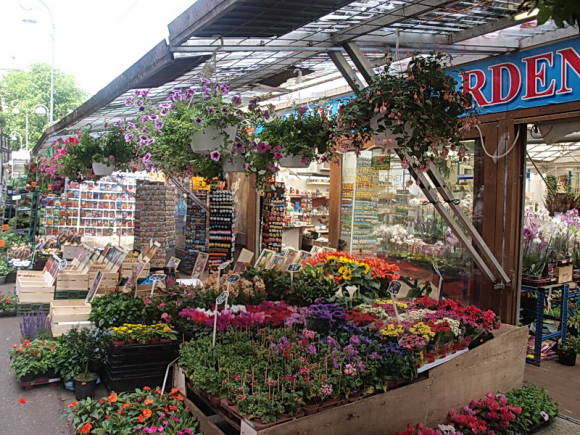 |
The floating flower market Bloemenmarkt is also famous, it is the only flower market on water in the world. He, of course, does not float anywhere. It's just that its glass greenhouse pavilions are located on large platforms above the water, otherwise the narrow embankment of the canal would not have been able to accommodate all this plant kingdom.
 |  |
Until 1862, the flower market was located on the Sint-Lucienval canal, which was part of the city moat. When it was decided to fill the moat, the market moved to its current location on the Singel Canal, not far from the main square of the Dutch capital - Dam Square (do not confuse it with the Bloomgracht Flower Canal, which is located in the western district of Jordan, which means "garden"). At first, barges sailed along the canal, from which they offered flowers, vegetables, fruits, and herbs. Since 1862, the market has become stationary and has become one of the main attractions of Amsterdam. The place here is brisk - the very center of the city, full of tourists, for whom it is designed most of all.
Local residents do not pass by this market, for which potted sheared boxwoods, flowering French lavenders, bells, sage, balsams, pelargoniums, chrysanthemums, hydrangeas, strawberries, ampelous plants (fuchsias, petunias) are exhibited. No home is complete here without container plants on the balcony or porch.
 |  |
 |  |
It offers everything that the Dutch flower industry is rich in - from fresh flowers, dried flowers and artificial flowers to planting material.
 |  |
We visited this market on June 20th, but it was still full of the famous Dutch tulip bulbs. By the way, in the vicinity of Amsterdam, in the city of Lisse, there is the Black Tulip Museum, which contains everything that concerns this culture - from the time of tulip mania (starting from 1630, when the first tulips were brought to Holland and cost a fortune) to ours days, including the most modern growing technologies. This museum is far from the only one in the country, but the largest. And the Blumenmarkt market itself still carries the spirit of that distant era.
 |  |
Tulips in June are sold at very low prices, as are a variety of sets of bulbs in colorful packages. But the timing of their planting has long passed, and a rare ignorant buyer will covet the bargain prices (for 10 euros you can buy 2 sets of 150 bulbs each). The same applies to hazel grouses, hyacinths, ornamental onions, tuberous begonias and, of course, peonies, which will be very difficult to get out. What you can still buy from bulbous plants during this period is hippeastrum, eukomis, krinum, agapanthus, hymenokallis - for indoor or greenhouse cultivation. More likely to grow rhizome plants - lilies of the valley, for example, if they are varietal. Of course, those who visit this market in the spring or fall, during the planting period, are more fortunate.
 |  |
Potted indoor plants are not so wide variety - mainly those that can stand on the counter for a long time - citrus fruits (lemons, kumquats, calamondins), phalaenopsis, a huge number of compact bonsai, cacti and other succulents, carnivorous plants, packed under transparent plastic caps for convenience of transportation.
 |  |
 |  |
Many tubers of gloriosa, Jericho rose, cicas' cones, nolina's elephant legs, large chestnut seeds, bougainvillea cuttings of various colors (including an interesting orange one) and pachyra trunks filled with wax.You can buy a whole set of cuttings of five tropical plants for only 10 euros. The roots of strelitzia, passionflower, strawberries are hidden in beautiful metal boxes. Beautiful seeds in a netted shell are sold under the name Buddha Palm, belonging to a dangerous but interesting plant, Cerberus. (Cerbera odollam), which contains the strong alkaloid cerberine. Its flowering resembles a closely related oleander. Sometimes it is worth looking up - there are interesting ampelous plants under the ceiling. But in general, you will not see anything rare among indoor plants - the Dutch range of potted plants has, unfortunately, narrowed lately, the country produces the most economically profitable crops, sometimes new selection. So in the field of cut production, chrysanthemums (short-day plants) and forcing crops now predominate, i.e. what allows you to save energy. Much is now coming to the Dutch auction from other, warmer and sunnier countries. What there is really a lot on the market is seeds. Not only from Dutch but also from Italian manufacturers. Several trade marks could be counted in one pavilion. As for floral annuals and perennials, there is little new here, almost everything is now on sale with us. But there is a huge selection of vegetable crops, spicy-aromatic plants - interesting types of mint, very unusual and elegant salads, a huge variety of peppers (from the hottest to the sweetest and most decorative), rare pumpkin - literally according to the encyclopedic list (all kinds of pumpkins, momordica, kiwano , lemon cucumber, melotria). There are also very rare vegetables in our country - tomatillo (Physalis ixocarpa), purple fennel, Japanese cabbage mizuna, with it - a good Eastern salad mix, artichoke, edible medicinal nasturtium, garden purslane (including its yellow-leaved form), rapunzel, fragrant woodruff, and even our native dandelion, but a little other, because it is vegetable (its rhizomes and young foliage are used for food). It is worth remembering that Holland is one of the leading producers of asparagus, and this crop is represented here in many varieties - white, green, purple. It should be noted that the prices for seeds "bite" - a bag can cost from 1 to 4.5 euros, but there are more seeds in them than in our packaging. In addition, it is not superfluous to check the expiration date - there are no expired seeds, but those that need to be sown in the current year come across (the seeds of some crops quickly lose their germination). For "lazy gardeners" are offered ready-made sets of containers (pots, trays), seeds and land mixes for sowing. There are spicy herbs, flowers and even ... cannabis, although there is enough finished product from it at every corner, and its sweetish smell is felt everywhere in the air. Well, we are in Holland ... It would seem that the market is small, but we barely got out of it only after 3 hours. I wanted to take a good look at everything. And, in addition, more than once compatriots came up with a request to find something on the list for mom or grandmother. So the Green Line had to be consulted here as well. We also realized that this market is the best place to buy Dutch souvenirs. There are a great many of them, and all the local attractions are represented in them. These are amazing Dutch houses with roofs in the form of bottlenecks, and windmills, and Delft porcelain, and world-famous flowers, and wooden shoes - clogs of all sizes, which, by the way, have long been recognized in this country as an official cheap and eco-friendly work shoes. So, even if you are not interested in plants, come here at least for some souvenirs. And the gardener will surely feel here at least a fraction of a pleasant, but not as hectic and ruinous, as in the 17th century, flower fever.















